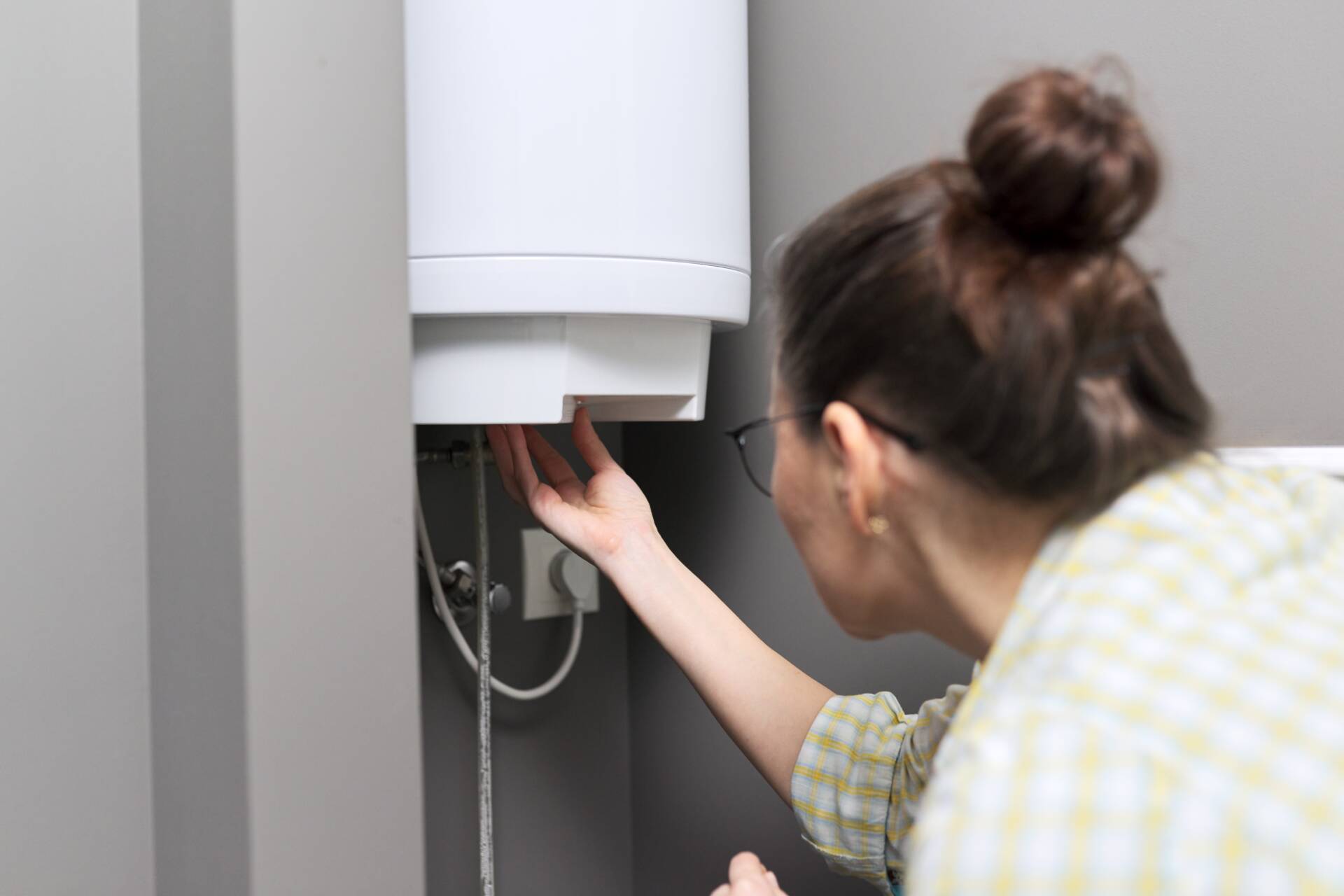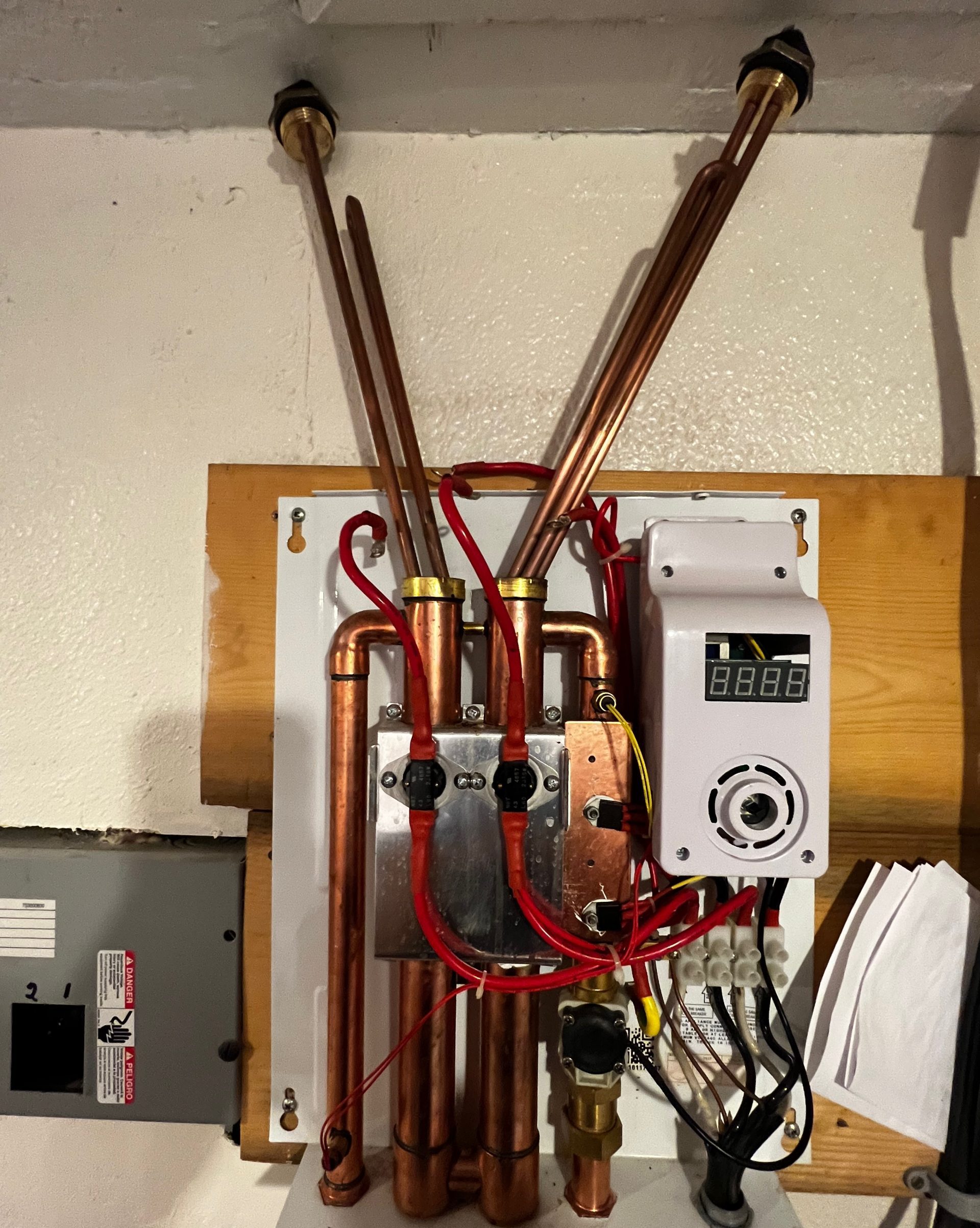How do you actually feel when it comes to Tips For Maintaining Your Hot Water Heater?

Hot water is vital for day-to-day comfort, whether it's for a refreshing shower or washing recipes. To ensure your warm water system runs effectively and lasts longer, routine maintenance is crucial. This write-up supplies practical tips and insights on exactly how to maintain your home's hot water system to avoid interruptions and pricey repairs.
Introduction
Preserving your home's warm water system might appear daunting, however with a couple of easy actions, you can ensure it runs smoothly for many years to find. This overview covers every little thing from understanding your warm water system to DIY maintenance pointers and knowing when to employ professional assistance.
Relevance of Maintaining Your Warm Water System
Normal maintenance not only prolongs the life-span of your warm water system however additionally ensures it runs effectively. Disregarding upkeep can cause lowered performance, greater power bills, and even premature failure of the system.
Signs Your Hot Water System Requirements Maintenance
Understanding when your hot water system needs interest can protect against significant concerns. Keep an eye out for indicators such as irregular water temperature level, weird sounds from the heating system, or corroded water.
Recognizing Your Hot Water System
Before diving into maintenance tasks, it's useful to recognize the standard components of your warm water system. Typically, this consists of the hot water heater itself, pipes, anode rods, and temperature controls.
Monthly Maintenance Tasks
Regular monthly checks can aid capture small concerns before they rise.
Purging the Water Heater
Flushing your hot water heater gets rid of debris accumulation, improving efficiency and prolonging its life.
Monitoring and Changing Anode Rods
Anode rods avoid corrosion inside the tank. Evaluating and replacing them when worn out is crucial.
Evaluating and Readjusting Temperature Setups
Adjusting the temperature level setups guarantees optimal efficiency and security.
DIY Tips for Upkeep
You can do several maintenance jobs yourself to keep your warm water system in top problem.
Checking for Leakages
Frequently check pipes and connections for leakages, as these can result in water damage and greater expenses.
Testing Pressure Relief Valves
Examining the pressure relief valve guarantees it operates properly and avoids extreme stress buildup.
Shielding Pipes
Shielding warm water pipes minimizes heat loss and can conserve energy.
When to Call a Professional
While do it yourself maintenance is valuable, some problems call for expert knowledge.
Facility Issues Needing Professional Assistance
Examples consist of major leakages, electrical issues, or if your hot water heater is constantly underperforming.
Regular Professional Upkeep Benefits
Expert maintenance can consist of thorough evaluations, tune-ups, and guaranteeing conformity with safety criteria.
Conclusion
Routine upkeep of your home's hot water system is necessary for performance, longevity, and expense savings. By complying with these pointers and knowing when to look for professional aid, you can make sure a reliable supply of hot water without unexpected interruptions.
How to Maintain an Instant Hot Water Heater
Before tinkering with your hot water heater, make sure that it’s not powered on. You also have to turn off the main circuit breaker and shut off the main gas line to prevent accidents. Also turn off the water valves connected to your unit to prevent water from flowing into and out of the appliance. 2. When you’re done, you have to detach the purge valves’ caps. These look like the letter “T” and are situated on either side of the water valves. Doing so will release any pressure that has accumulated inside the valves while at the same time avoid hot water from shooting out and burning your skin. 3. When the purge valves’ caps are removed, you have to connect your hosing lines to the valves. Your unit should have come with three hoses but if it didn’t, you can purchase these things from any hardware or home repair shops. You can also get them from retail stores that sell water heating systems. Read the user’s manual and follow it to complete this task properly. When the hosing lines are connected, open the purge port’s valves. 4. You should never use harsh chemical cleaners or solutions when cleaning your unit. Make use of white vinegar instead. It should be undiluted and you’ll probably use about 2 gallons. 5. Now flush your water heater. This task should probably take about 40 minutes. We can’t give you specific directions for this because the procedure is carried out depending on the type, model and brand of your heater. With that being said, refer to the user’s manual. 6. When you’re done draining the unit, you have to turn off the purge port valves again. Remove the hosing lines that you earlier installed on each of the water valves. Put the valve caps (purge port) back in their respective places and be very careful so as not to damage the rubber discs that are found inside these caps. 7. Now that everything’s back in place, check your user’s manual again to find out how to reactivate your water heating system. 8. Once it is working, turn one of your hot water faucets on just to let air pass through the heater’s water supply pipes. Leave the tap on until water flows smoothly out of it. https://www.orrplumbing.com/blog/2014/september/how-to-maintain-an-instant-hot-water-heater/

We hope you enjoyed our post on How to Maintain a Hot Water Heater in a Few Simple Steps. Thanks for taking time to read our piece of content. Enjoyed our piece of writing? Please quickly share it. Let another person locate it. We thank you for your readership.
Schedule Services